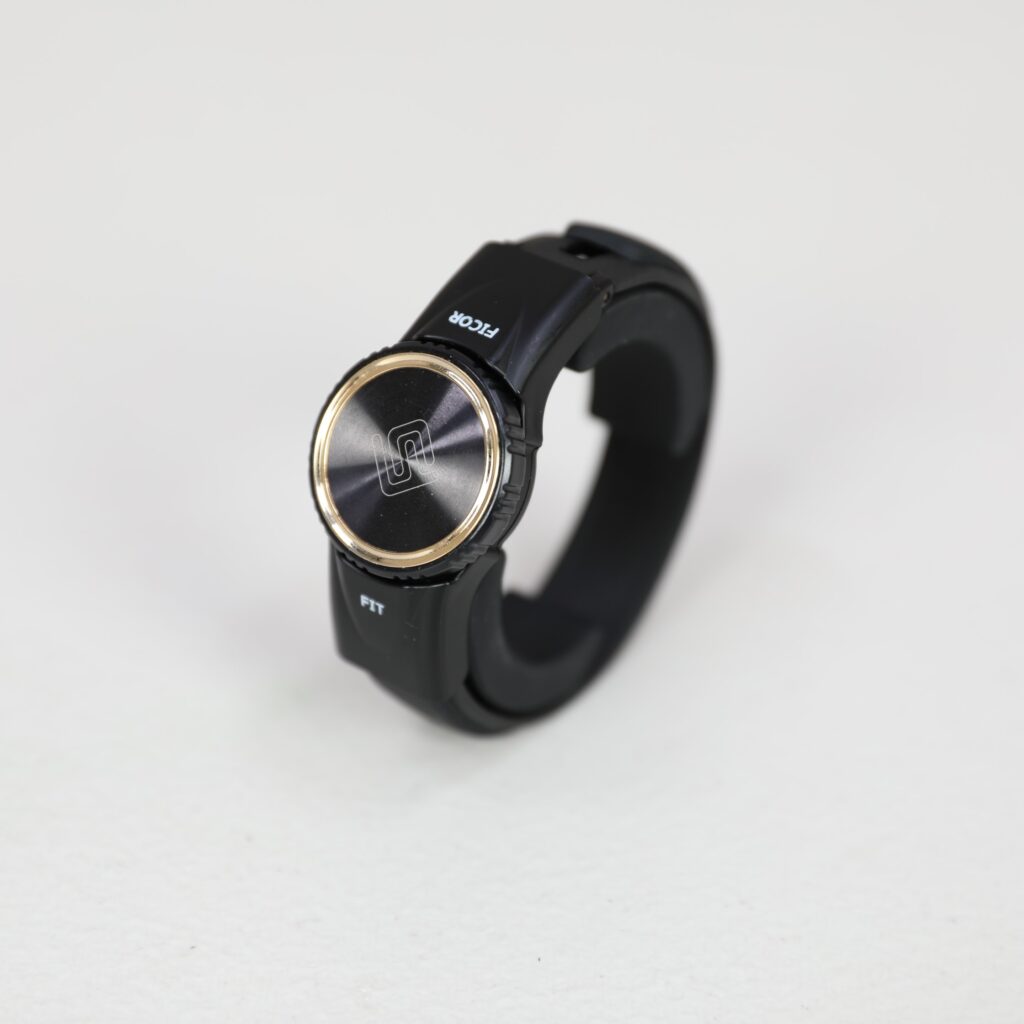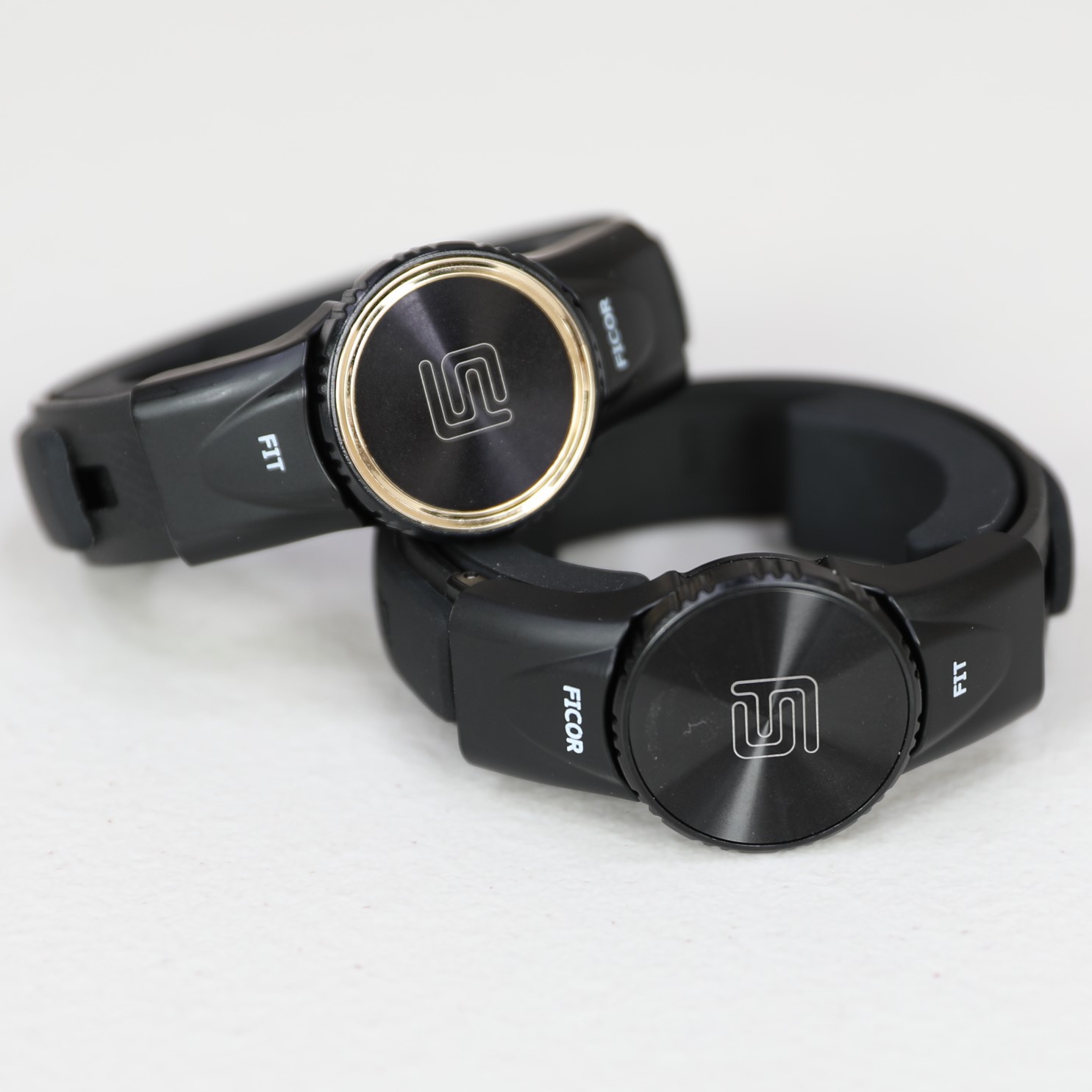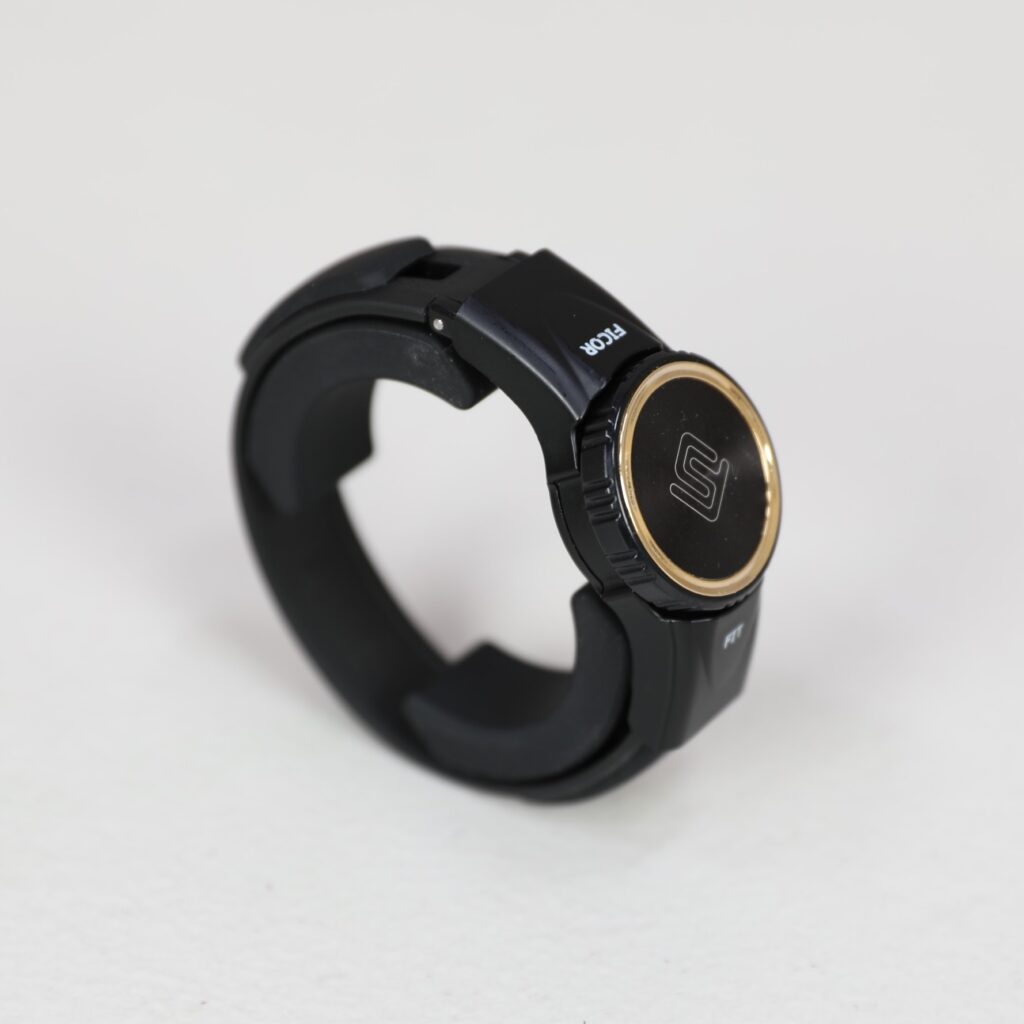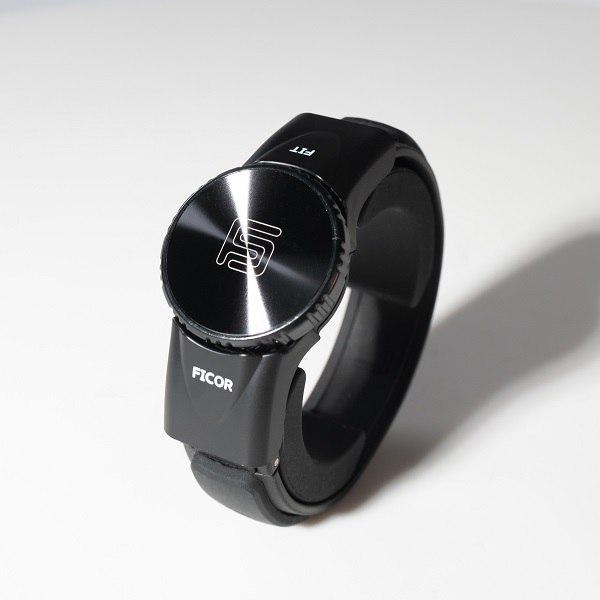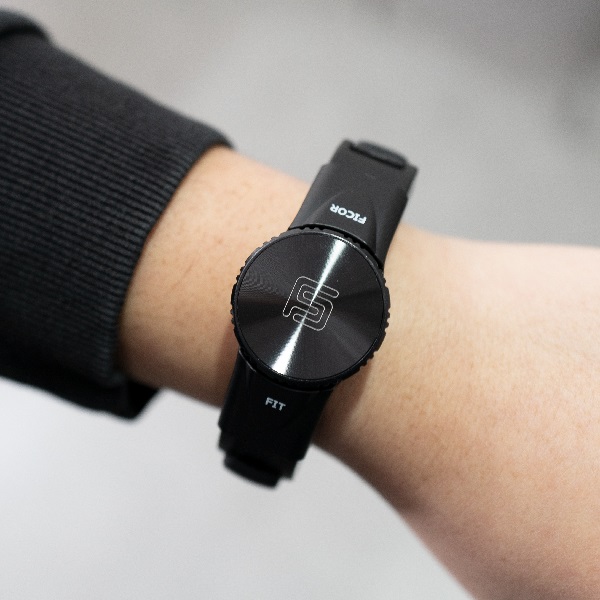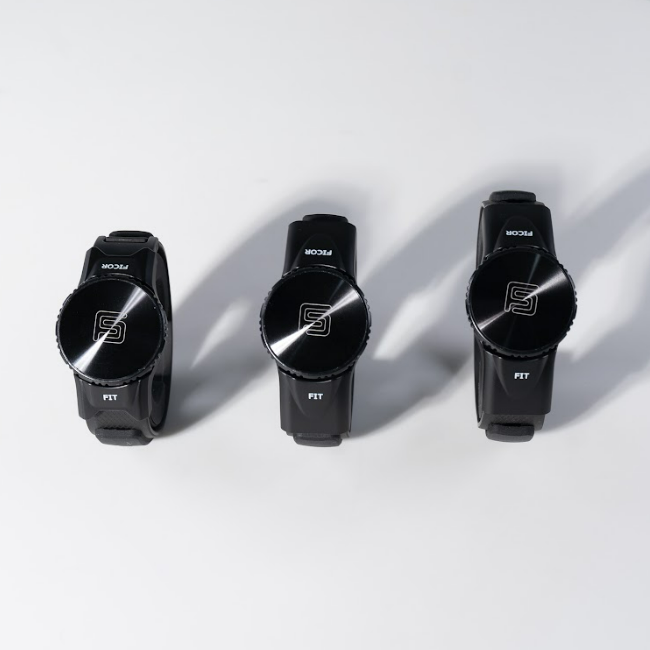Ships within 10 days.
30 Day Money-Back Guarantee
U.S. Company
Wrist Pain From Lifting Weights
Pain Relief from Wrist Soreness
What causes wrist pain when lifting weights?

Wrist pain when lifting weights can be caused by several factors, including:
– Improper Form: Using improper technique or lifting weights with incorrect wrist positioning can place excessive stress on the wrist joint and lead to pain. Poor form may include bending the wrist backward or sideways during lifting.
– Overuse or Repetitive Stress: Engaging in weightlifting exercises that require repetitive wrist movements, such as curls or presses, without proper rest and recovery can result in overuse injuries and pain.
– Weak Wrist Muscles: If the muscles and tendons supporting the wrist are underdeveloped or weak, they may not adequately support the joint during weightlifting, leading to pain and strain.
– Ligament Sprains: Sudden or excessive force applied to the wrist during weightlifting can cause sprains in the wrist ligaments, resulting in pain and swelling.
– Inadequate Warm-Up: Insufficient warm-up exercises before lifting weights can leave the wrist unprepared for the strain of weightlifting, increasing the risk of pain and wrist injury from lifting
– Inadequate Grip Strength: A weak grip can cause the wrist to compensate for the lack of grip strength, leading to discomfort and pain during weightlifting.
– Pre-Existing Conditions: Underlying conditions like carpal tunnel syndrome, tendinitis, or arthritis can make the wrist more susceptible to pain and discomfort when lifting weights.
Types of Wrist Pain from Weightlifting
Wrist pain during weightlifting can arise from improper form, overuse, weak wrist muscles, ligament sprains, inadequate warm-up, inadequate grip strength, or preexisting conditions like carpal tunnel syndrome, tendinitis, or arthritis. To prevent pain, prioritize proper form, warm up, and gradually increase intensity while also focusing on strengthening wrist and forearm muscles. Identifying the specific type of wrist pain and its underlying cause is essential for appropriate treatment and prevention, and consulting a healthcare professional is advisable for persistent or severe wrist pain.
How to Fix Wrist Pain from Lifting
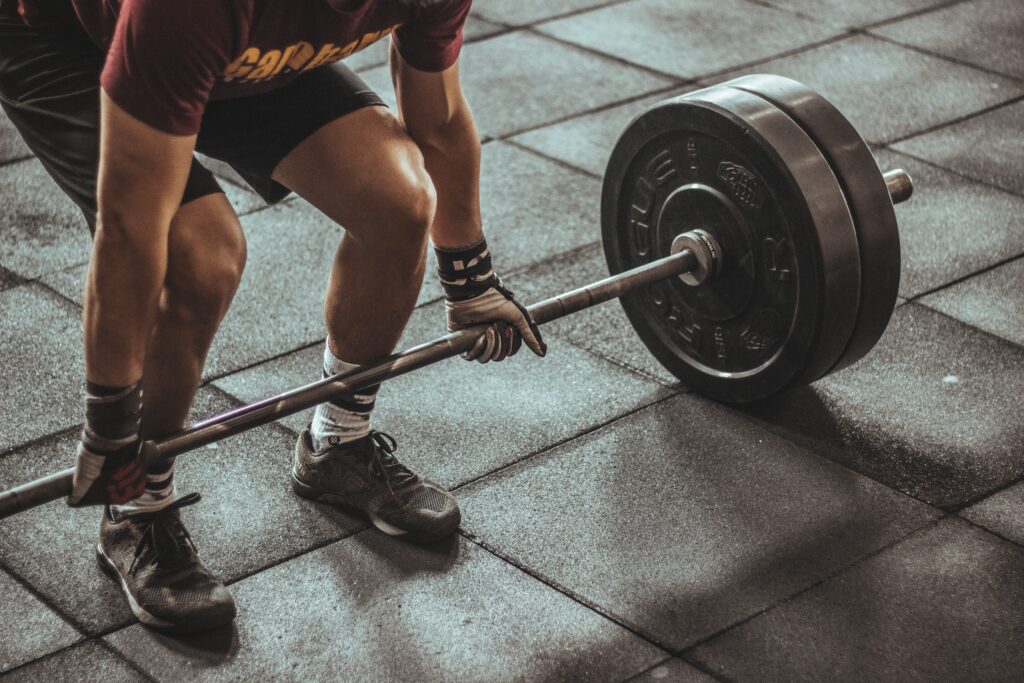 To address and alleviate wrist pain from lifting weights, focus on proper form, including maintaining a neutral wrist alignment during exercises. Begin with a thorough warm-up, including wrist-specific exercises, and work on strengthening wrist and forearm muscles, through wrist curls and grip exercises. Consider using wrist wraps or straps for added support during heavy lifts. Allow sufficient rest and recovery time between workouts, reduce weight and intensity temporarily, and modify or replace exercises causing discomfort. Incorporate wrist stretching and mobility exercises, and apply ice and compression as needed. Use ergonomic equipment and techniques to minimize strain, emphasizing wrist health for a safer and more effective lifting experience. If you are asking yourself, How to stop wrist pain when curling? To prevent wrist pain during curls, maintain proper wrist alignment, use an overhand grip, start with lighter weights, and warm up the wrists.
To address and alleviate wrist pain from lifting weights, focus on proper form, including maintaining a neutral wrist alignment during exercises. Begin with a thorough warm-up, including wrist-specific exercises, and work on strengthening wrist and forearm muscles, through wrist curls and grip exercises. Consider using wrist wraps or straps for added support during heavy lifts. Allow sufficient rest and recovery time between workouts, reduce weight and intensity temporarily, and modify or replace exercises causing discomfort. Incorporate wrist stretching and mobility exercises, and apply ice and compression as needed. Use ergonomic equipment and techniques to minimize strain, emphasizing wrist health for a safer and more effective lifting experience. If you are asking yourself, How to stop wrist pain when curling? To prevent wrist pain during curls, maintain proper wrist alignment, use an overhand grip, start with lighter weights, and warm up the wrists.
How do I know if my wrist injury from lifting is serious?
Determining the severity of a wrist injury from lifting is important for appropriate treatment and recovery. Signs that may indicate a more serious wrist injury are:
– Severe Pain: If you experience intense or persistent pain in your wrist, especially if it worsens over time, it may be a sign of a significant injury.
– Swelling: Significant swelling, especially if it occurs rapidly after the injury, can indicate a more serious issue. Swelling may be accompanied by bruising.
– Limited Range of Motion: Inability to move your wrist or a noticeable reduction in your range of motion may suggest a more severe injury, such as a fracture or ligament tear.
– Instability: If your wrist feels unstable, weak, or gives way when you try to use it, this could indicate a serious ligament or tendon injury.
– Deformity: Any visible deformity or unusual alignment of the wrist joint, such as a crooked or misshapen appearance, should be taken seriously and evaluated promptly.
– Numbness or Tingling: If you experience numbness, tingling, or a loss of sensation in your hand or fingers, it may suggest nerve involvement, which can be a significant concern.
– Inability to Bear Weight: If you cannot put any weight on your wrist or if it’s excruciatingly painful to do so, it may be indicative of a fracture or severe sprain.
– Prolonged Pain and Discomfort: If you have persistent wrist soreness from lifting and your pain and discomfort continue or worsen over several days, despite rest and home care, it’s a sign that you should seek medical evaluation.
– Previous Wrist Issues: If you have a history of wrist injuries, especially if they were significant, you may be at a higher risk of a more serious injury this time.

Looking for the Perfect Wristband for Weightlifting?
Experience the innovative design
of the Ficor Goldilocks wristband
How to Fix Wrist Pain from Working Out?
If you experience wrist pain from working out, start by assessing your form and technique during exercises to ensure proper wrist alignment. Consider incorporating wrist-specific strengthening exercises into your routine.
How long does it take for wrist injuries to heal?
The time it takes for a wrist injury to heal can vary depending on the type and severity of the injury. Age, overall health, adherence to treatment, and the presence of underlying medical conditions, can influence the healing timeline. Some wrist injuries may result in residual symptoms or long-term complications even after the acute phase of healing is complete. General guidelines for common wrist injuries are:
Sprains and Strains: Mild to moderate wrist sprains and strains may take a few weeks to several months to heal fully. Rest, ice, compression, and elevation (RICE), wearing a wristband, and doing physical therapy exercises, can help speed up the healing process.
Fractures: Wrist fractures typically require several weeks to months for healing, depending on the type and location of the fracture. Casts or splints are often used to immobilize the wrist during the healing process.
Tendonitis: Wrist tendonitis can take several weeks to months to heal, depending on the severity and how well it responds to rest, physical therapy, and anti-inflammatory treatments.
Ligament Injuries: Mild to moderate ligament injuries may heal in a few weeks to a few months with appropriate rest, immobilization, and physical therapy. Severe ligament injuries, such as a torn ligament, may require surgery and a longer recovery period.
Nerve Injuries: Recovery from wrist nerve injuries can vary widely, from several weeks to many months or even longer. It depends on the extent of nerve damage and the success of any necessary surgical interventions.
Arthritis: Chronic wrist conditions like osteoarthritis or rheumatoid arthritis are typically ongoing and may require lifelong management. The goal is often to manage symptoms and slow the progression of the condition rather than achieve complete healing.
How long does a sprained wrist take to heal?
The time it takes to heal a sprained wrist hinges on the injury’s severity and the quality of care received. Rushing back into regular activities prematurely can heighten the risk of reinjury or prolonged healing. Here are some general healing time frames to expect:
Mild Wrist Sprain: Mild sprains typically mend in a few days to a couple of weeks with proper self-care.
Moderate Wrist Sprain: Moderate sprains may necessitate several weeks to a few months for complete healing.
Severe Wrist Sprain: Severe sprains often require several months to heal. In cases of severe sprains, surgical intervention to repair damaged ligaments may be necessary, further extending the recovery period.
What devices can I use to help heal my wrist soreness from working out?
Some devices and aids can help alleviate wrist soreness after workouts or prevent discomfort. Options include wrist wraps for stability during weightlifting, wrist braces or splints to immobilize injured wrists, compression sleeves for swelling control, wristbands for support, grip strengtheners to bolster forearm and hand muscles, cold packs for pain and inflammation reduction, and heat packs for muscle relaxation post-injury. Elastic bandages provide support and tape enhances stability, while wrist support gloves offer warmth and compression. Ergonomic equipment can minimize wrist strain during repetitive tasks, and specific wrist exercises recommended by a physical therapist can enhance strength and prevent future soreness. Use these aids as advised.
How long do you have to wear a wristband or brace?
The answer to this question is based on the severity of your injury. A doctor can assess the severity of your sprain and provide guidance on when it is safe to discontinue using the wristband or a brace and gradually return to normal activities. Some people wear a wristband as a preventative measure.
How can the Ficor Fit band help relieve pain from working out?
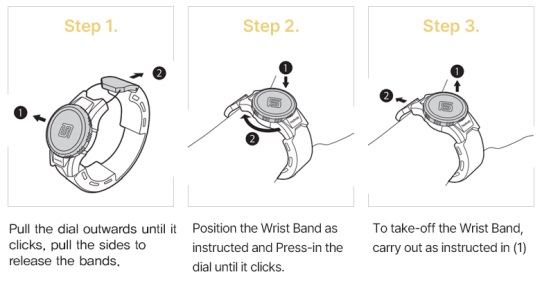
The Ficor Fit band provides pain relief in the wrist and the forearm, resulting from workouts by offering adjustable wrist support and stability, minimizing strain, ensuring correct alignment, and enhancing comfort while reducing the risk of additional injury during exercises and weightlifting. In addition to providing stabilization for the radioulnar joint, the Fit wristband offers protection to reduce the risk of developing wrist pain from daily activities, whether occupational or related to sports.
The Ficor wristband was formulated with a different approach to wrist pain. It was made with an understanding of the causes of wrist pain, which enabled it to be designed very differently compared to other such products on the market. Its small and simple design also enables the user to carry on with their daily activities without discomfort.
How long can I wear the Ficor wristband at one time?
Our Ficor Fit band and Ficor Goldilocks band design are intended to apply pressure to the two-column bones on the sides while avoiding the wrist area where nerves and blood flow are located. This feature provides a comfortable wristband fit that is suitable for all-day wear.
Wrist Pain Symptoms
Symptoms of CTS include pain and tingling in the wrist & fingers, numbness/weakness in the hand.
Golfer’s elbow occurs when the tendons and muscles in the forearm are overused.
The symptoms of Tennis Eblow can include pain, swelling, and stiffness in the elbow.
Repetitive Strain Injury (RSI) is caused by repetitive motions such as typing, sewing, or using a mouse.
Triangular Fibrocartilage injuries are caused by overuse or misuse of a muscle or joint.
Wrist tendonitis is inflammation of the wrist tendons and can affect all ages.
Wrist sprains are characterized by twisting or rotating the wrist suddenly.
De Quervain’s Tenosynovitis causes pain and tingling in the wrist or hand.
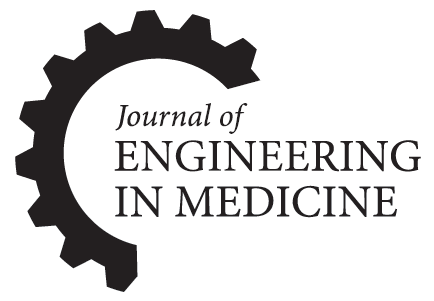



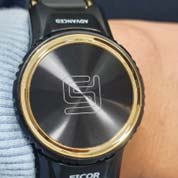
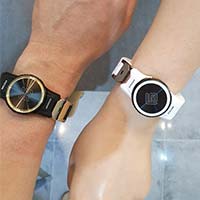
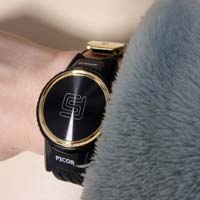
© Ficor Health, Inc. | All Rights Reserverd

